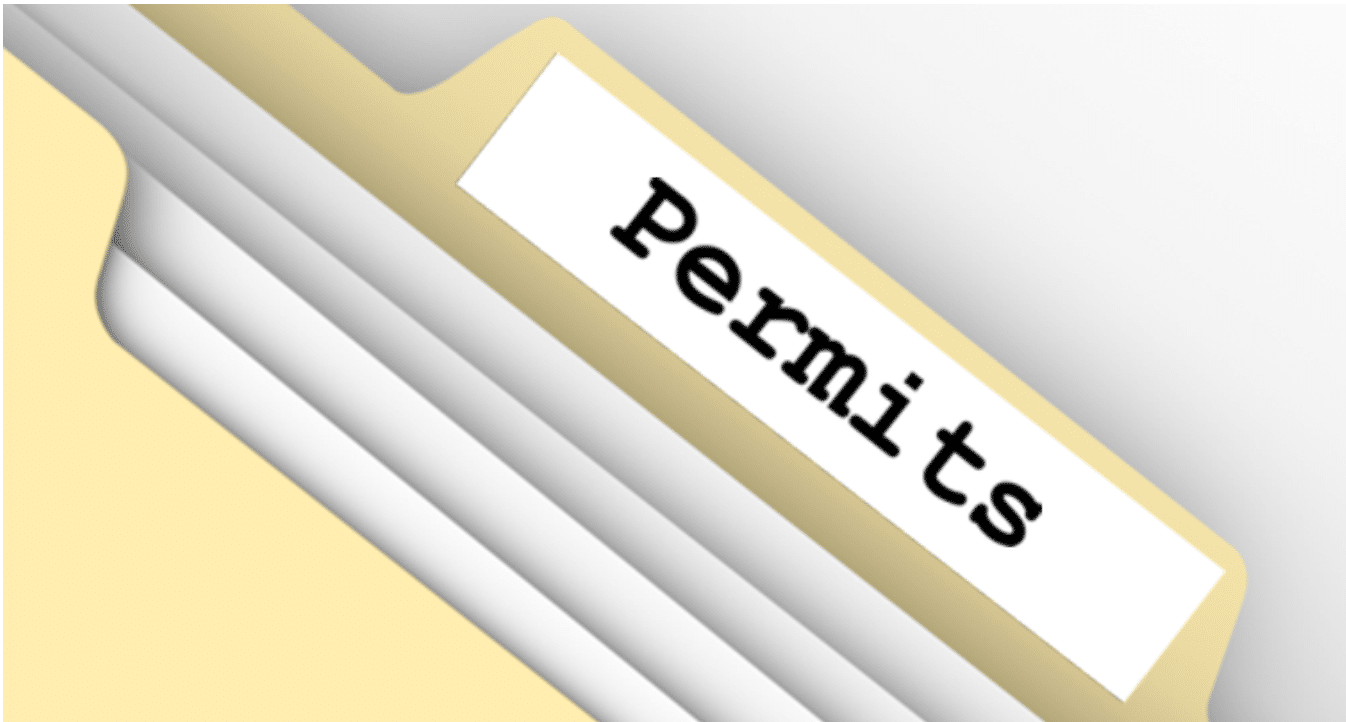So you got your environmental permit issued. Great! Now what? Let’s take a look at implementing your environmental permit.
Environmental permits and regulations strive to protect and enhance public health in environmentally responsible ways. To support these regulations, regulatory agencies issue permits and inspect facilities to ensure they operate within the permit’s conditions.

The regulatory agency requires that facilities are properly built, operated, and monitored. Any discharges to the air, water, and soil will have to be within acceptable standards that protect human health and the environment. When issuing a permit, agency staff determines the operation’s potential environmental impact and establishes operating conditions that, when complied with, will not adversely affect the environment.
Everything in your permit should be clearly defined and spelled out. Permits inform facilities of legally enforceable conditions for operation, as well as providing any reporting requirements and pollution monitoring or testing requirements.
From our years of experience, there are 4 keys to implementing your environmental permit:
Get into compliance.
Make sure that you understand and implement all of the permit requirements. That’s a basic definition of compliance. Make a schedule with reminders of when you must perform monitoring and submit reports to stay in compliance. Also, the environmental regulators often have helpful guidance documents on their website. Check them out!
You can be sure that the regulatory body, be it federal, state, or local, will be by to check on everything. They often show up unannounced or with little forewarning. So you what to keep your ducks in a row. Organizational skills are essential so that when they show up, you are on top of everything.
The first step is to get into compliance! Then, stay there.
Have a regular site checkup performed.
Ideally, this should be completed by a third-party that is familiar with your type of operations. The site checkup should tell you where you need to fine-tune anything that you may have already implemented, and it should identify any shortcomings that you have.
If your company has a similar facility, it could be wise to bring their EH&S personnel to your plant to conduct the audit. An environmental consultant could also help here. Yes, they cost money, but it sure beats a hefty fine for non-compliance from the regulatory agency!
Be alert for facility changes that will impact your permit.
Hey, things can change over time. Raw materials and processes may change. Or, maybe you’ve significantly increased production. How do these changes impact your compliance with the permit?
Many permits require a renewal every five years; a lot can change over that time. Your permits, when issued, stated specific limits for emissions or discharges. Is everything still valid? We would recommend conducting an annual checkup here, and anytime there is a change at the facility.
Be alert for regulatory changes that will affect your permit.
The world is not a static place. Change occurs, and at times more often than we would like. While your permit dictates the conditions necessary for compliance, the regs do change. While a revision to the regulations may not have an immediate impact on your facility, what are the long-term implications?
Remember, environmental permits have to be renewed to stay active. You’ll want to stay abreast of regulatory changes. How? Get involved with trade associations, talk to your colleagues at similar facilities, and check the regulatory agency’s website occasionally.
If you already have an environmental consultant on board, they should be well aware of upcoming regulatory changes. And, as soon as the changes are announced, they’ll be calling you to help keep you informed. If not, are they worth a hill of beans? Perhaps not! Maybe it’s time to connect with a wiser consultant. Please contact us, and we’ll give you the service you deserve!
